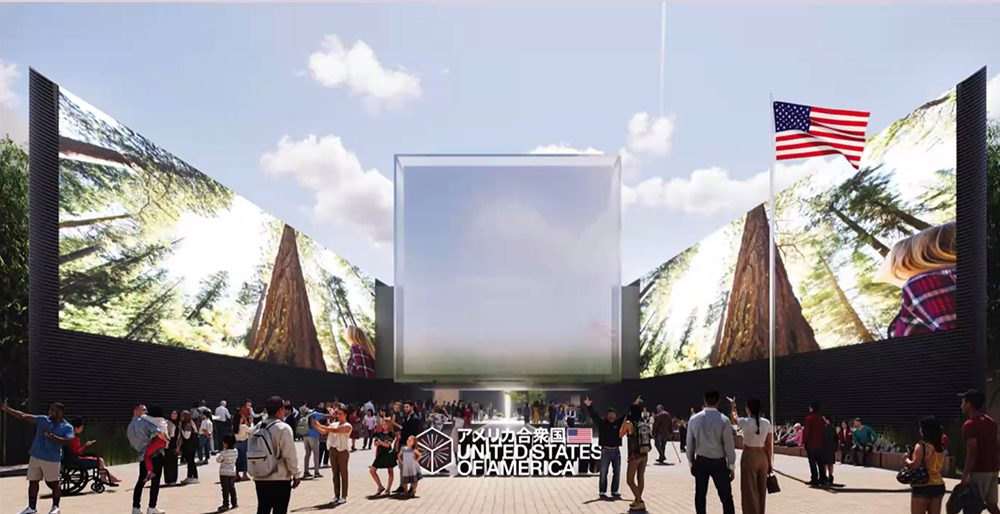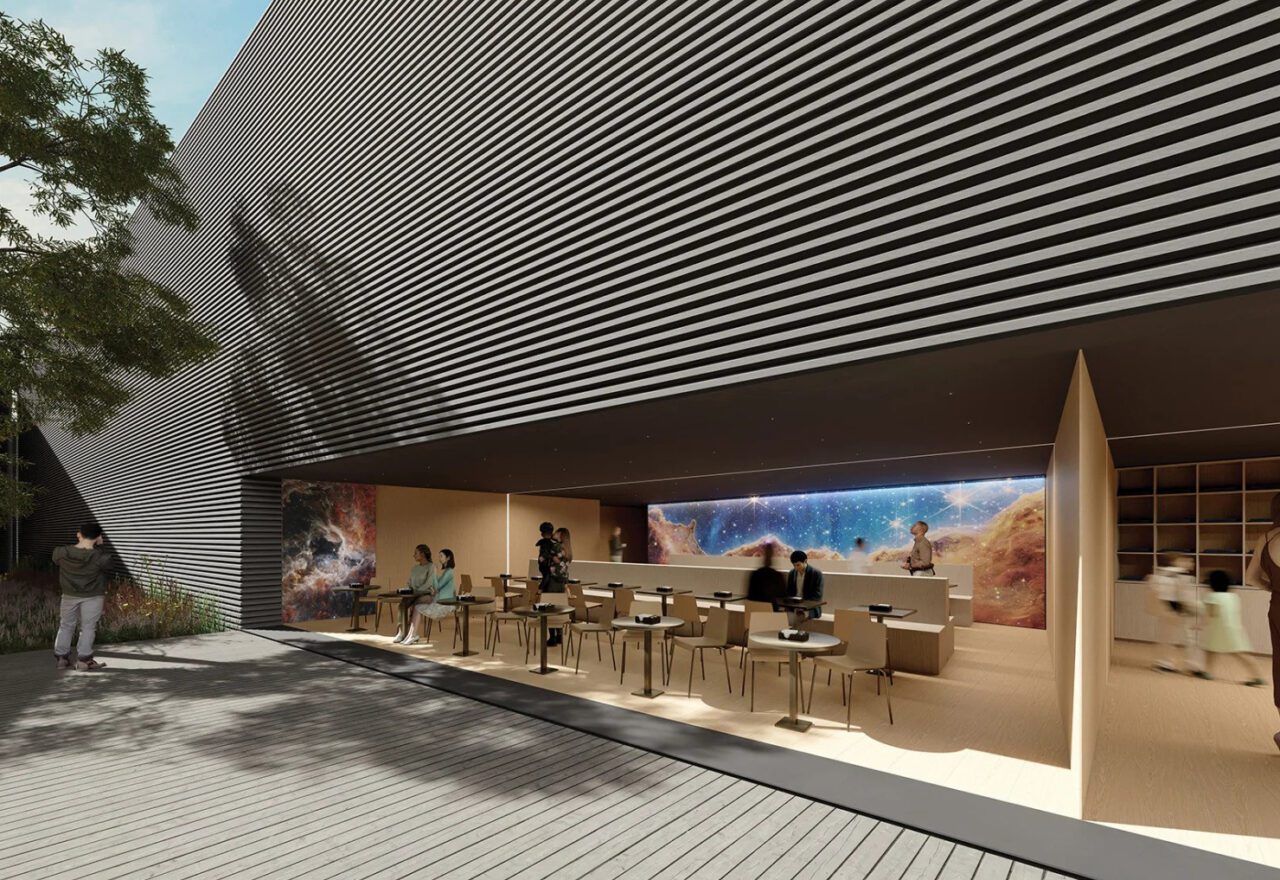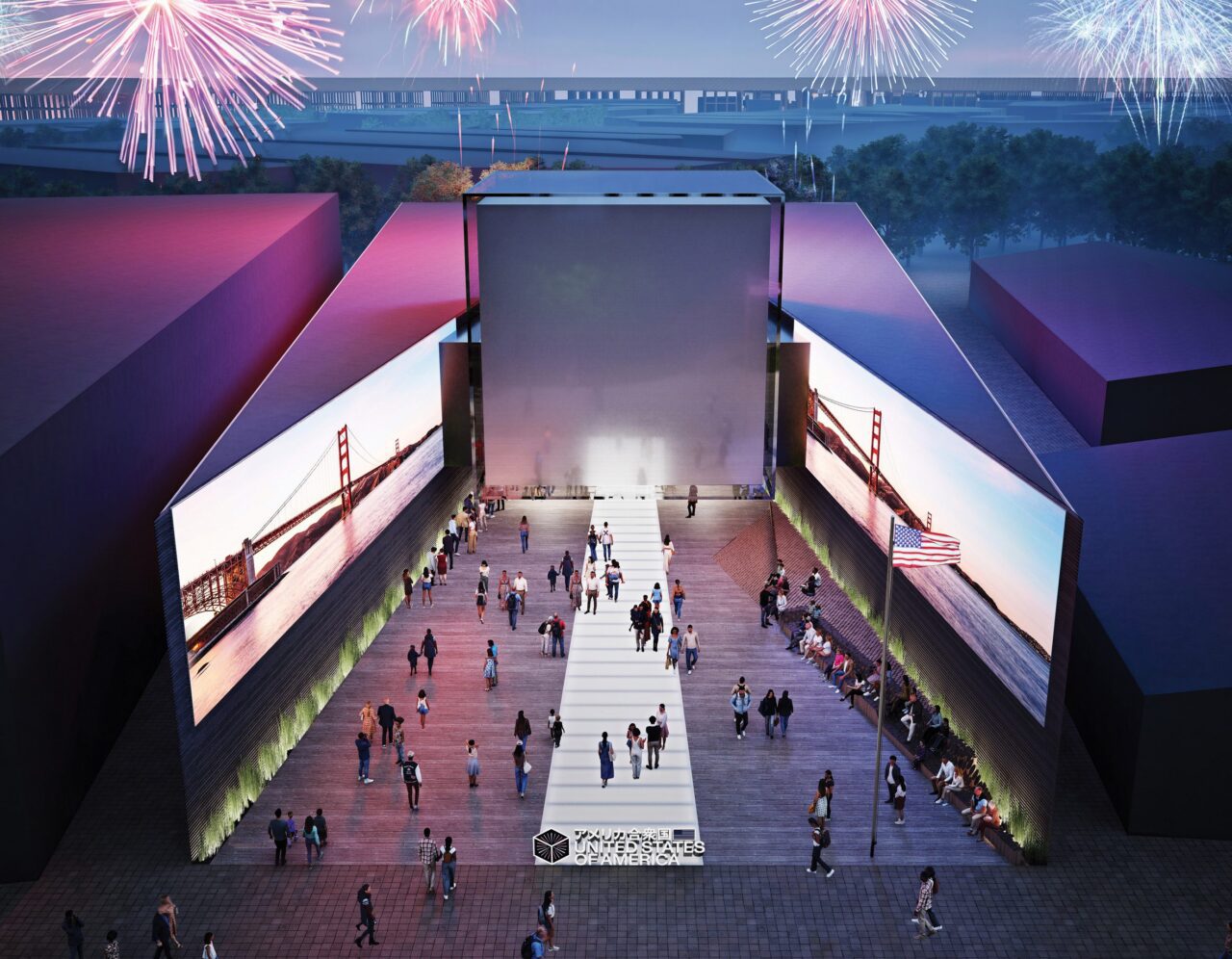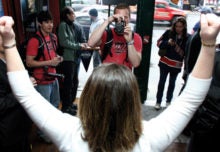When Expo 2025 Osaka opens next April, millions of visitors will rush in to discover innovation from around the world and explore the theme of “Designing Future Society for Our Lives.” How will the United States be represented, and what cultural and societal influences have informed the design of the U.S. pavilion?
Traditionally, the World Expo events, also known as World Fairs, have showcased major inventions of their time, and have contributed iconic landmarks to their host cities, including the Eiffel Tower built for the 1889 Paris Expo, and the Seattle Space Needle, built for the 1962 Expo. New York’s Statue of Liberty was displayed at fairs in Philadelphia in 1876 and Paris in 1878.
THE INSPIRATION
The theme of the U.S. pavilion will be “Imagine What We Can Create Together,” which “empowers humanity to make advances collectively and creatively” and for the world to join the United States in “developing advances in sustainability, space exploration, education, and entrepreneurship by encouraging exchange, collaboration, and growth.”
There are myriad ways to interpret these messages, but New Orleans-based Trahan Architects that designed the U.S. pavilion chose to create a space that brings cultures together in a reflective space, complete with natural design elements and native plants, where exploration and innovation can flourish.
“It’s a unique chance to revisit an expo hosted previously in the same city and see what was relevant, what influenced the design work, and where the future was looking then,” said Kevin Thomas, managing principal of the New York studio of Trahan Architects, tasked with the project, in his presentation for the Institute for the Study of International Expositions (ISIE) this month.
Among the influences, Thomas named the work of the Japanese-American artist Isamu Noguchi, who brought together both cultures in an iconic art display—the Nine Floating Fountains—originally built for the 1970 Osaka World Expo.
Speaking about the current design, Thomas said, “We were looking at the connection between the United States and Japan and the ways we can inform one another. So we set out to make the pavilion excessively public. The approach was quite simple—to create a welcoming, inviting, democratic pavilion emblematic of the U.S. position on the global stage.”

The view facing the pavilion head on. (Trahan Architects)

The interior space at the pavilion. (Trahan Architects)
THE BUILD
Inspired by a Japanese aesthetic that finds beauty in impermanence and imperfection, the pavilion consists of two triangular buildings with wooden facades, juxtaposed by an illuminated, suspended Cube—possibly a nod the cube elements of Noguchi’s fountains.
Two large LED screens will project iconic U.S. images and landmarks, forming an immersive “canyon” that welcomes attendees and invites them to a public space where they can listen, taste and explore, “allowing the public to take center stage and almost forcing the engagement to happen.”
The programming on the Cube—the focal point of the exhibit and a beacon across the entire Expo campus—is kept a surprise until the opening. Once attendees pass under the cube, they will find themselves in an outdoor performance space where artists and speakers will provide education and inspiration. Regional cuisines will be on tap at the restaurant that’s also part of the experience.
The architects studied the wind patterns and the shadowing of the site for the months of the expo to create an open atmosphere as well as optimal conditions for attendees while in line. Sustainability is a key consideration for world expos. The U.S. pavilion’s steel structure and tensile fabric are reused from temporary structures built for the Tokyo Olympics and other events and will be recycled for future events.
Accessibility was also top of mind. Thomas said, “Expo design guidelines for Osaka are some of the most stringent accessibility guidelines I’ve encountered in my career, and I say that in the most positive way. It validates and makes you question every decision you make to [ensure] you’re making the right decisions for all facets of accessibility.”
There are no thresholds or stairs throughout the exhibit, and a very gentle slope is designed to guide the visitors’ journey.
“I keep discovering that expos are about optimism, about the present and the future,” Thomas said. “And that the anxiety that many of us feel can be suppressed, and we can focus on the positivity of innovation and the global community, and it can all be celebrated. That’s something I’m learning about this process and why it means so much to the people.”
Project Partners: ES Global Inc, Trahan Architects, BRC Imagination Arts, Keihin Co. Ltd.
Photos Courtesy of Trahan Architects






